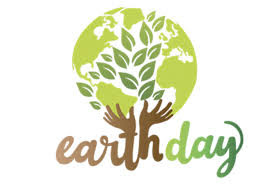10 Ways to reduce plastic pollution | Top 10 | Reduce the use of plastic | Wiki

10 Ways to reduce plastic pollution | Top 10 | Reduce the use of plastic | Wiki 10 Ways to reduce plastic pollution: 1. Wean yourself off disposable plastics 2. Stop buying water bottles 3. Boycott microbeads 4. Cook more , order less 5. Purchase items second-hand 6. Recycle (duh) 7. Support a bag tax or ban 8. Buy in bulk 9. Bring your own garment bag to the dry cleaner 10. Put pressure on manufacturers to use jute bags Though we can make a difference through our own habits, corporations obviously have a much bigger footprint. If you believe a company could be smarter about its packaging, make your voice heard. Write a letter, send a tweet, or hit them where it really hurts: Give your money to a more sustainable competitor.



